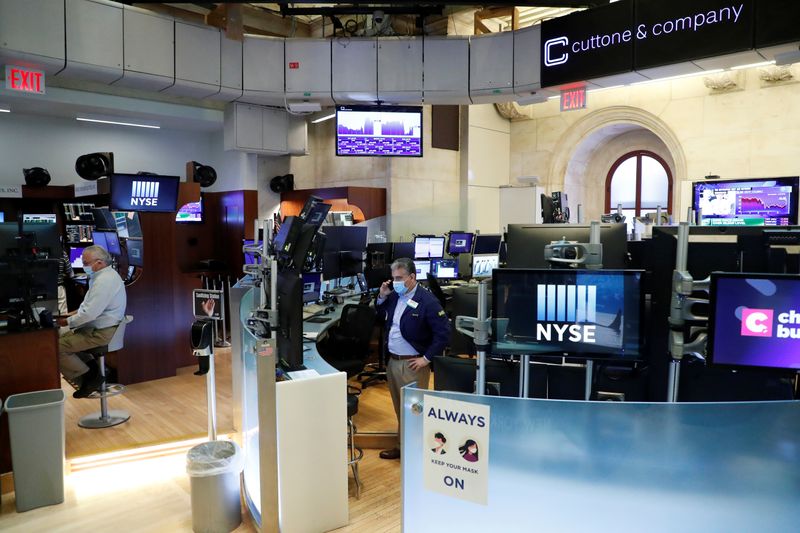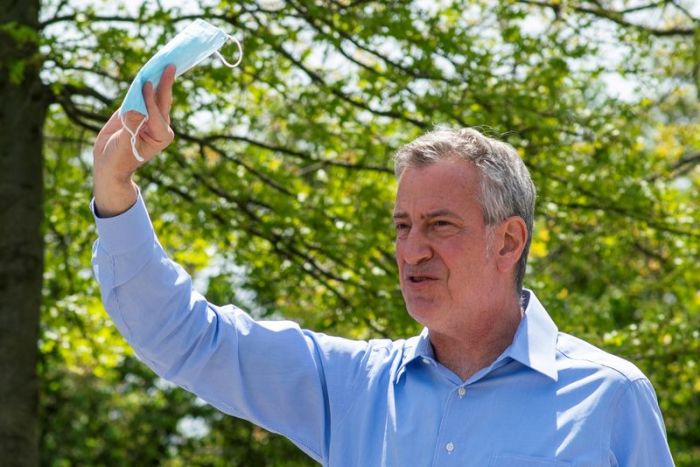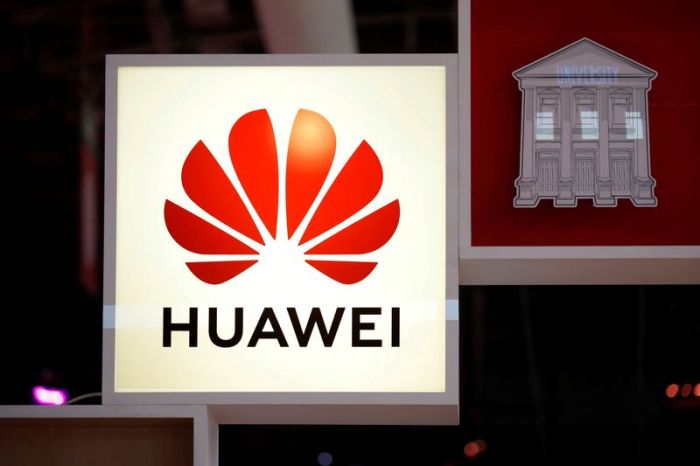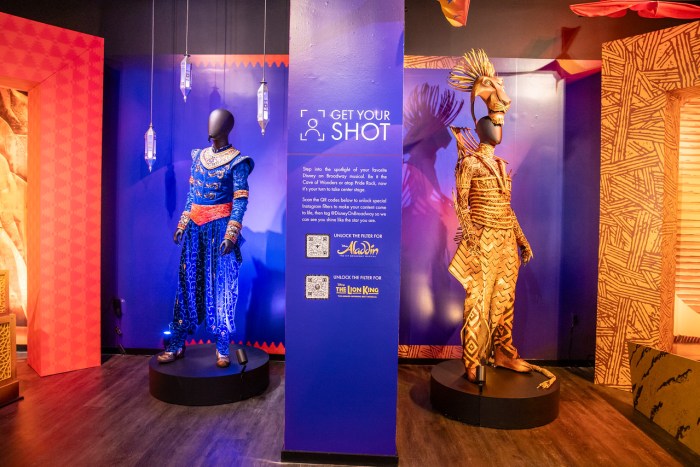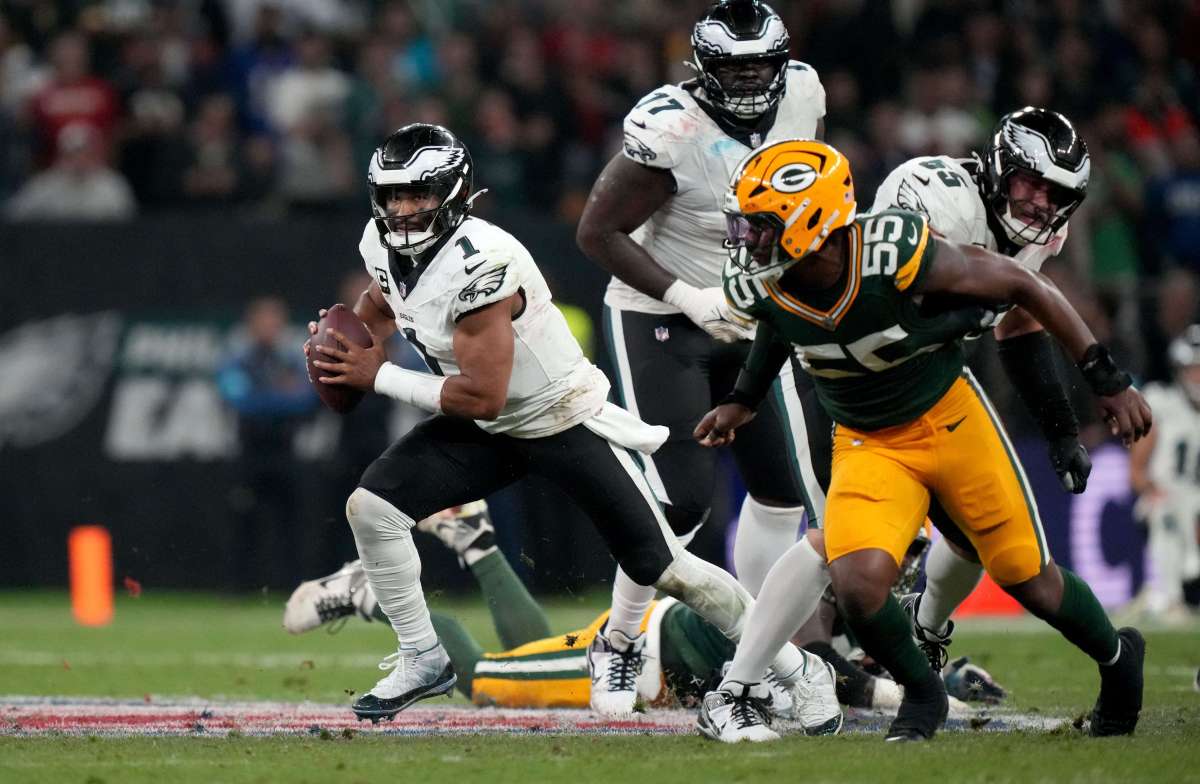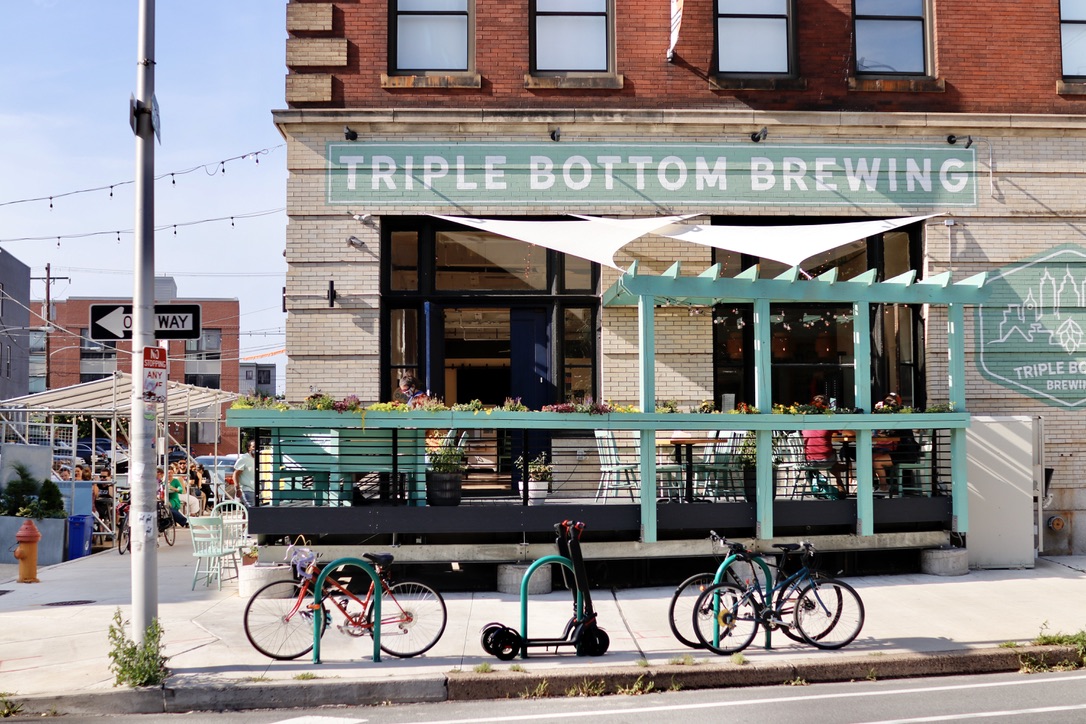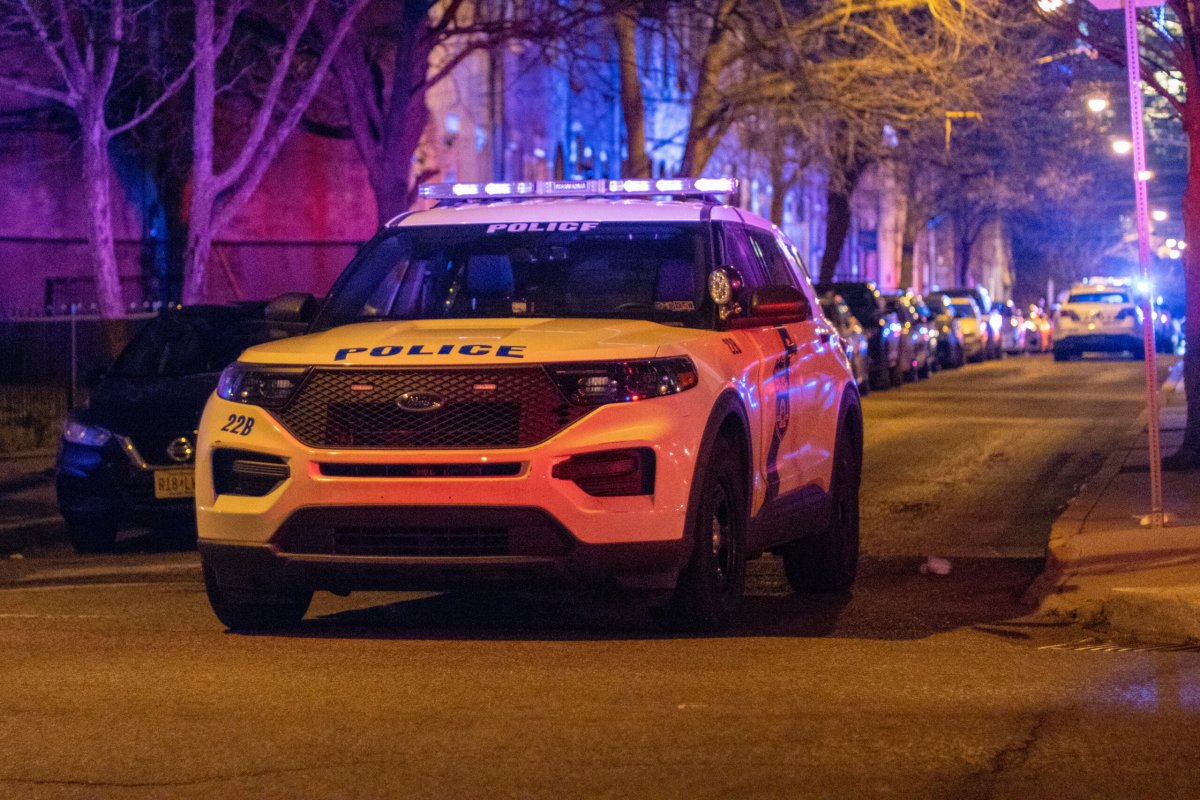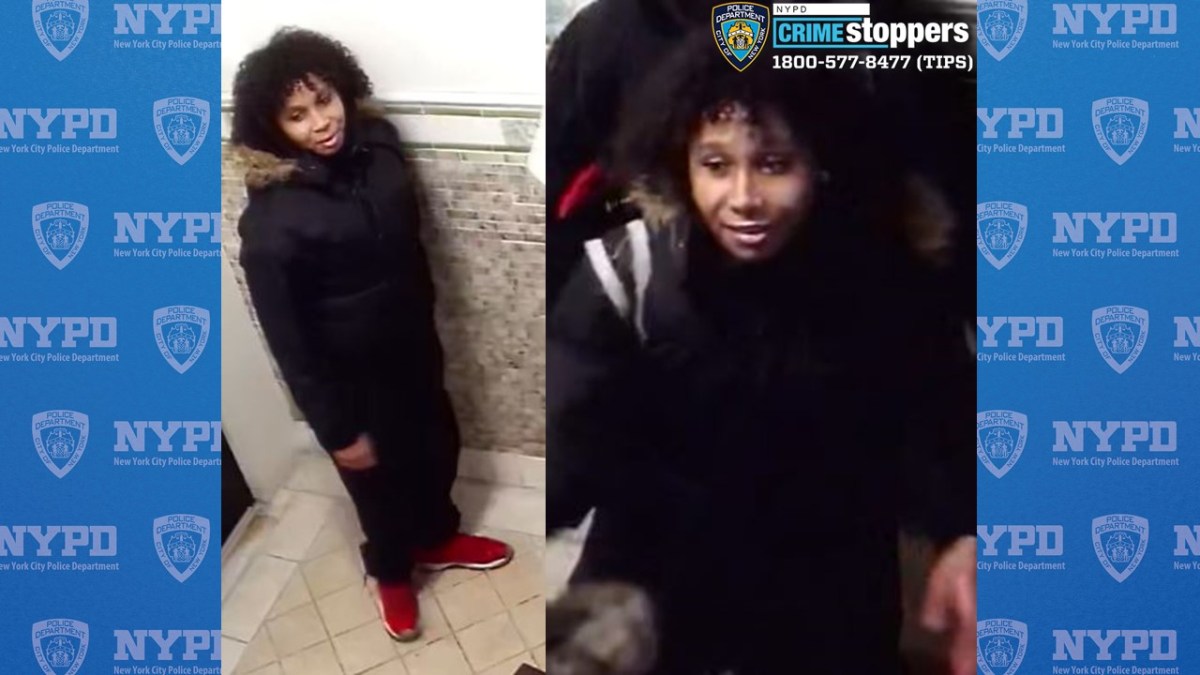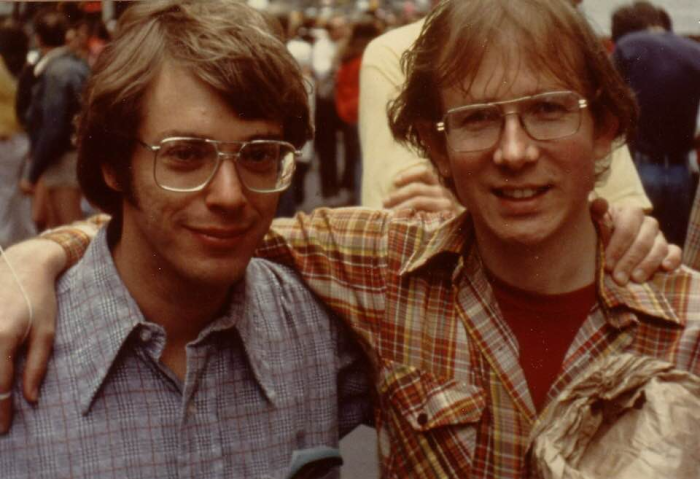(Reuters) – The S&P 500 and Nasdaq ended lower on Monday, pulled down by Amazon, Microsoft and other recent big-name leaders of Wall Street’s recent rally.
The S&P 500 dipped after briefly touching its highest level since Feb. 25. The index has rebounded over 40% since mid-March, even as COVID-19 infections rose rapidly in Arizona, California and Texas and about 35 other states.
Stocks that outperformed in recent months, including Amazon <AMZN.O>, Microsoft <MSFT.O>, Nvidia <NVDA.O> and Facebook <FB.O>, ended down more than 2% after gaining earlier in the day.
Selling accelerated after California Governor Gavin Newsom ordered a massive retrenchment of the state’s reopening, shutting bars and banning indoor restaurant dining statewide and closing churches, gyms and hair salons in hardest-hit counties.
“The rally’s been driven by a handful of names. You’ve had headlines about COVID and layoffs and the economy. It’s finally caught up with these names everybody’s been hiding in,” said Michael O’Rourke, chief market strategist at JonesTrading in Stamford, Connecticut.
Tesla <TSLA.O> dropped 3.1% after surging 16% earlier in the session. The electric car maker’s stock has been on a blistering rally over the past two weeks as investors bet the electric car maker could report a quarterly profit and potentially join the S&P 500.
Shares of German biotech firm BioNTech <BNTX.O> jumped over 10% and Pfizer Inc <PFE.N> climbed 4% as two of their experimental coronavirus vaccines received the U.S. FDA’s “fast track” designation.
Merger news also perked up investors as chipmaker Analog Devices Inc <ADI.O> announced a $21 billion deal to buy rival Maxim Integrated Products Inc <MXIM.O>, sending its stock 8% higher. Analog shares fell 5.8%.
PepsiCo Inc <PEP.O> gained 0.3% after it said it benefited from a surge in at-home consumption of salty snacks such as Fritos and Cheetos during lockdowns.
The Cboe Volatility Index <.VIX>, Wall Street’s fear gauge, closed at its highest level since June 26. Its 4.9-point gain for the session was its largest since June 11.
Investors are bracing for what could be the sharpest drop in quarterly earnings for S&P 500 firms since the financial crisis, according to IBES Refinitiv data. Results from big banks will be in focus this week.
For a graphic on S&P 500 versus financials: widest gap since GFC, click https://fingfx.thomsonreuters.com/gfx/mkt/jbyvrrwjave/SPX%20versus%20financials.png
The Dow Jones Industrial Average <.DJI> rose 0.04% to end at 26,085.8 points, while the S&P 500 <.SPX> lost 0.94% to 3,155.22.
The Nasdaq Composite <.IXIC> dropped 2.13%, to 10,390.84.
The S&P 500 technology index <.SPLRCT> fell 2.12%, leading declines.
Recent economic data has strengthened belief that the stimulus-pumped U.S. economy is on the road to recovery, helping investors look past a recent spike in U.S. infections.
Declining issues outnumbered advancing ones on the NYSE by a 1.56-to-1 ratio; on Nasdaq, a 2.11-to-1 ratio favored decliners.
The S&P 500 posted 38 new 52-week highs and no new lows; the Nasdaq Composite recorded 128 new highs and 22 new lows.
Volume on U.S. exchanges was 11.6 billion shares, compared with the 11.9 billion average for the full session over the last 20 trading days.
(Additional reporting by Medha Singh and Devik Jain in Bengaluru, and by Stephen Culp and Sinead Carew in New York; Editing by Marguerita Choy)

